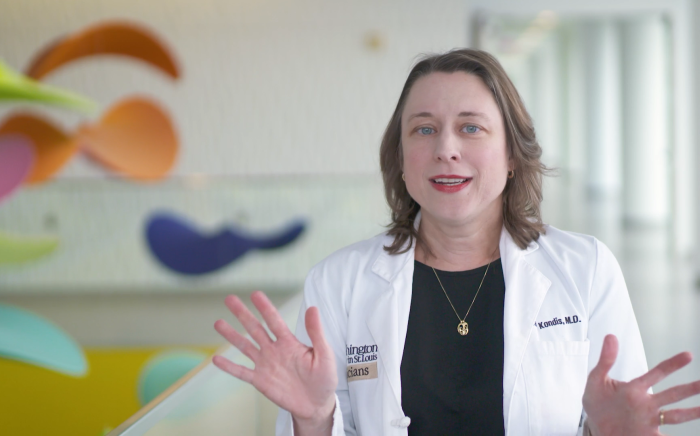What is Pierre Robin Syndrome?
Pierre Robin in 1923 is credited as being the first to describe Robin sequence: a small jaw, leading to a tongue that falls back in the throat and upper airway obstruction. Cleft palate is not an obligatory finding, it occurs in up to 90% of patients with Robin sequence. Presumably, the palatal is intrinsically normal; the cleft is the result of an obstruction in fusion of the palate (8-12 weeks of gestation) caused by the posteriorly positioned tongue.
What Causes Pierre Robin Syndrome?
There is an associated syndrome in 34-46% of patients with Robin sequence, but no known medications, food, or other environmental factors during pregnancy cause Robin sequence.
How is Pierre Robin Syndrome Diagnosed?
Pierre Robin Sequence is a clinical diagnosis and no lab tests or imaging studies are required.
How is Pierre Robin Syndrome Treated?
Mild cases can be treated by not placing your child on their back, so preventing the tongue from falling back into the airway. Depending on the severity of your child’s breathing and feeding difficulties, the following surgeries may be required:
- Tongue-lip adhesion or mandibular distraction to improve breathing
- Feeding tube placement to aid in feeding
- Cleft palate repair
What is the prognosis for a child with Pierre Robin Syndrome?
As your child’s jaw grows the feeding and airway problems go away over the first few years of life.
For more information or to schedule an appointment, call 314.454.5437 or 800.678.5437 or email us.












